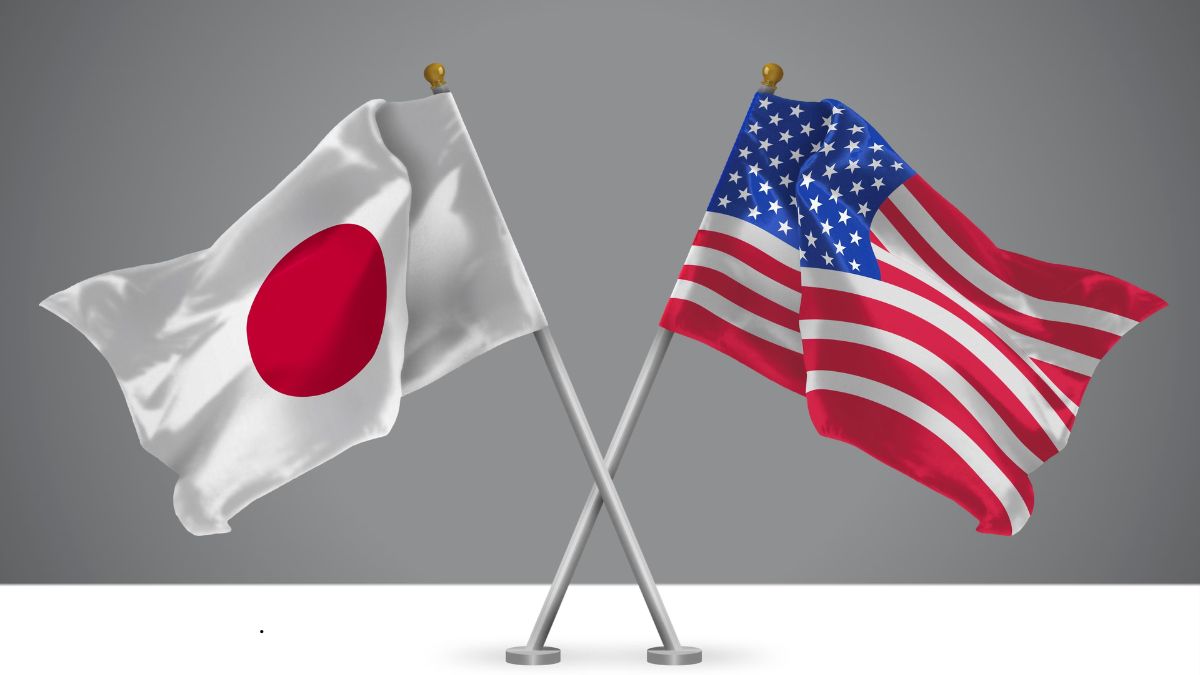President Donald Trump has announced a 24% reciprocal tariff on Japan, citing not just traditional import duties but a comprehensive calculation that includes non-tariff barriers, VAT rates, and regulatory hurdles. This move comes under his newly signed executive order that rolls out a historic wave of reciprocal tariffs aimed at restoring balance to U.S. trade.
“We’re not just matching their tariffs—we’re including every trick they use,” Trump declared. “From tariffs to VAT to non-tariff cheating, and then we charge half of that. That’s what fairness looks like.”
According to Bloomberg Economics, Japan has a relatively small tariff differential of 4%, but combined with a 10% VAT rate and a 9% non-tariff barrier equivalent, the total burden on U.S. goods reaches 21%. Halving that gives the 24% duty that the Trump administration has now decided to impose.
Why Japan was targeted:
- Automobiles remain the central issue: Japan is a major exporter of vehicles to the U.S., with companies like Toyota, Honda, and Nissan selling millions of cars annually in the American market.
- Trump also accused Japanese regulators of creating opaque testing and certification barriers that make it harder for U.S. goods to enter Japan.
- The move is aimed at leveling the playing field for American auto workers and manufacturers, particularly in rust belt states like Michigan.
“We won Michigan by a lot,” Trump said during the announcement. “I want to thank our auto workers. We are bringing fairness back.”
Japan trade facts:
- U.S. goods deficit with Japan in 2024: $68 billion
- Japan’s key exports to the U.S.: automobiles, electronics, machine tools, optical gear
- Japanese companies sold over 1 million vehicles in the U.S. last year
Trump’s new order places Japan among the top-tier of affected allies, alongside the EU (20%), China (34%), India (26%), and Vietnam (46%).
The tariffs go into effect Thursday at 12:01 a.m. EDT.
As markets brace for potential retaliatory measures from Tokyo, economists warn that while the move may help domestic industries in the short term, it could also impact consumer prices and supply chains connected to the Japanese auto and electronics sectors.


